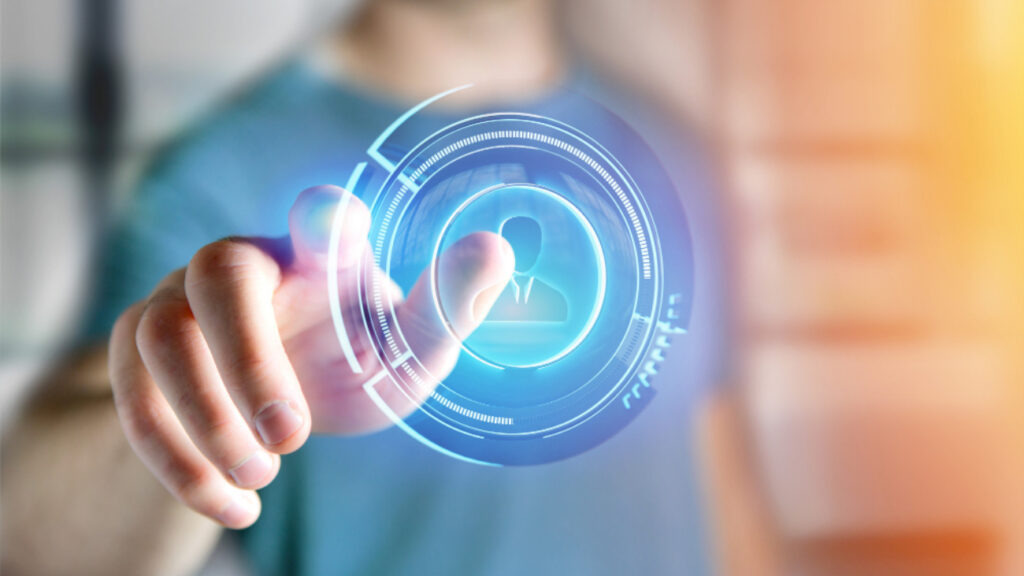Bahaa Abdul Hadi feels that biometric authentication has become increasingly commonplace, with fingerprint and facial recognition being implemented for everything from unlocking smartphones to passing through airport security. However, these methods are still prone to spoofing attacks, where criminals use fake fingerprints or masks to impersonate others. This is where neural biometrics comes in – analyzing a person’s unique brain patterns as a more secure form of identity verification. As neural biometrics technology advances, it could revolutionize security in the banking and financial sectors.
Enhanced Fraud Protection
One of the biggest potential applications is using neural biometrics for fraud prevention. Banks lose billions each year to various forms of fraud, from identity theft to fraudulent transactions. By scanning a customer’s brain patterns, banks could have a foolproof way of confirming their identity. This could prevent criminals from gaining access to accounts by impersonating account holders, even if they have stolen passwords or other credentials.
Neural biometrics could also detect fraudulent transactions in real time by noticing suspicious deviations in a customer’s typical brain patterns when making a transaction. If their neural profile when making a large purchase seems abnormal, the bank could flag it for further verification. This offers a robust protective layer beyond traditional safeguards.
Streamlining Login and Authentication
Logging in and authenticating accounts is a major friction point in banking. Customers get frustrated having to remember complicated usernames and passwords, especially when they need to access their accounts frequently. Neural biometrics presents an opportunity to streamline this process.
Once a bank has a verified brain pattern profile for a customer, they may no longer need to enter credentials to access their accounts manually. The bank could passively detect the customer’s neural profile in the background as they use online or mobile banking. As long as the brain pattern matches, the customer is instantly authenticated without any extra steps.
For in-person banking, brain wave readers could replace having to show physical ID cards or manually sign documents. A quick neural scan could provide all the verification needed, allowing for faster and more convenient customer service.
Personalized Recommendations
Banks already use customer data like income, spending history, and credit scores to provide personalized product recommendations. However, neural data could take this targeting to a whole new level.
Every customer’s brain responds differently to certain stimuli – whether it be a new credit card offer, mortgage rate or investment prospectus. Neural biometrics could map out how customers react to different financial products and services as they interact with the bank.
Banks could then tailor offerings and recommendations to align with each customer’s unique neural profile. This creates a new channel for connecting customers to the right products that excite their brains. The result is happier customers and more revenue for the bank.
Improved Risk Modeling
Understanding a customer’s neural behavior also benefits banks on the risk management side. Banks evaluate many factors when determining creditworthiness – income, assets, debts, and credit history. But these paint an incomplete picture.
Neural analytics could provide deeper insights into how a customer thinks about debt, their mental state when meeting payment obligations, and their emotional response to credit access. This can help banks model credit and default risk more accurately.
Similarly, neural profiling could improve risk modeling for insurance underwriting, capital reserves, and investment portfolio management. By supplementing traditional financial metrics with neural biometrics, banks make smarter and safer business decisions.
Challenges to Adoption
While the potential is exciting, there are still challenges to mainstream neural biometrics adoption in banking. Customer privacy concerns will need to be addressed transparently by developing ironclad data security standards. Banks will also need to clearly communicate how neural data is being applied to maintain trust.
The technology itself remains imperfect. Collecting clear brain wave readings from customers in diverse real-world scenarios is still a work in progress. Comprehensively mapping the complexities of the human brain into useful analytics and models involves plenty of unknowns.
Nevertheless, the possibilities are within reach. As neural biometrics matures, it could redefine the future of banking security and personalization. The potential benefits make this one of the most promising frontiers in fintech innovation. Thank you for your interest in Bahaa Abdul Hadi blogs. For more information, please visit www.bahaaabdulhadi.com.







